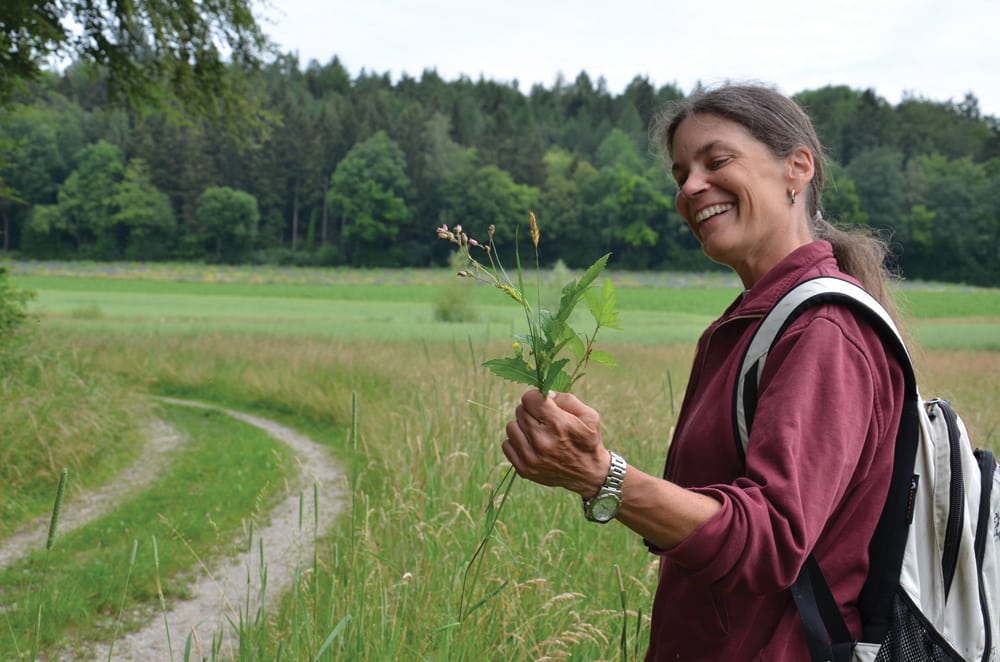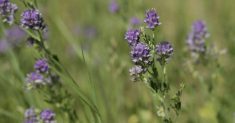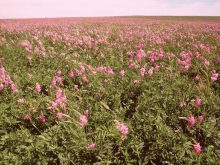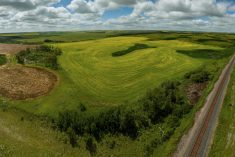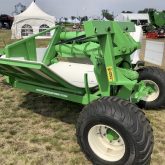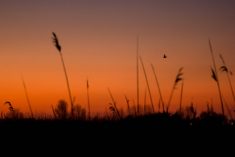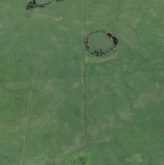Schleitheim, Switzerland: All around me farmers are mowing. From June 15th onwards farmers are allowed to cut meadows and hayfields qualifying for Q2 government subsidies. The Q2 (qualitätsstufe 2) program aims to provide and protect healthy habitat for birds and insects. Non-qualifying fields are already being cut the second or even the third time. Obviously it’s not really in the farmer’s interests to hold back mowing so long. Or is it?
I joined a group of farmers and tour guide/farmer Gabi Uelinger to check on the status of some Q2 meadows and a wildflower-and-grass field. A qualifying meadow has to support six of a list of endangered native plants for a period of eight years. The farmer must follow a relatively strict set of rules regarding time of mowing and the type of mower. There is to be no pasturing before September 1, no mulching and 10 per cent of the field must be left standing at all times.
Read Also
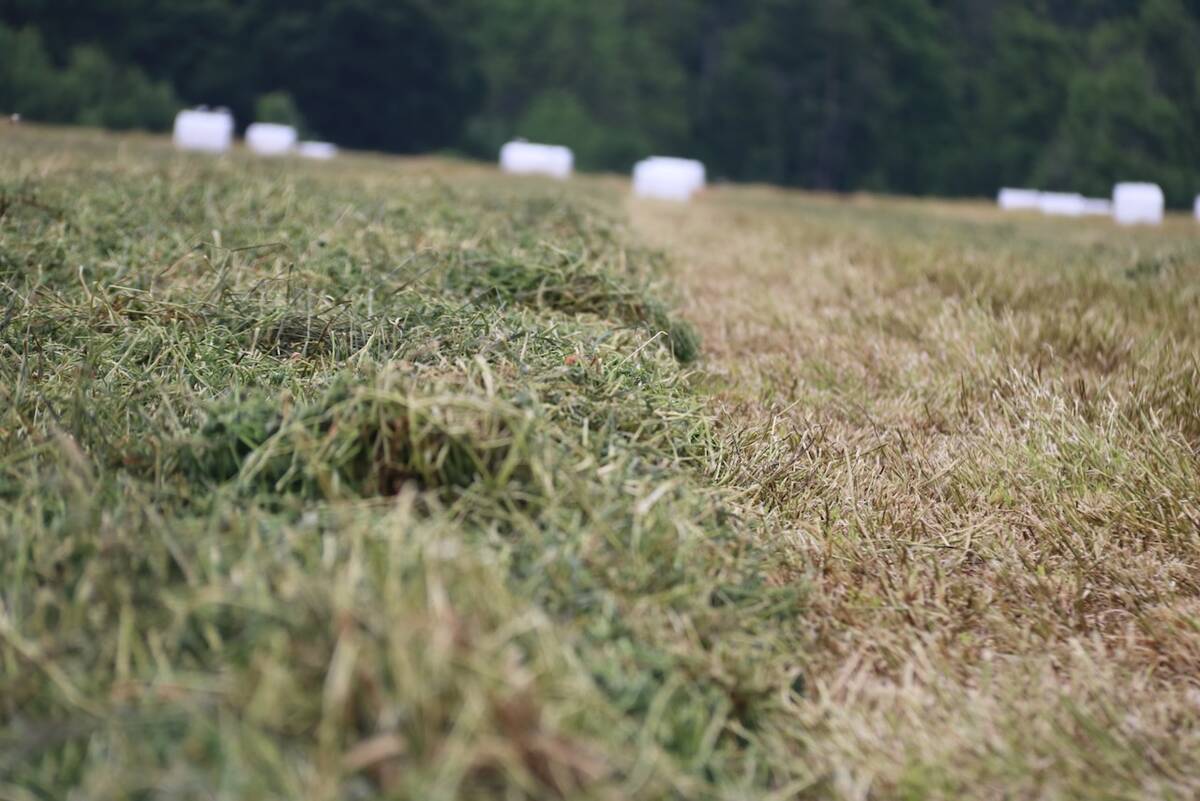
New high-performance forage training program to launch in 2026
A new Canadian Forage and Grasslands Asssociation high-performance forage program will be a resource for farmers, agronomists and others in the forage sector.
A scientific study released in Germany last fall reported a decline in the insect population of 75 per cent in the last 27 years. Another study was released this March, documenting a drastic decline of songbirds in the same period. The main culprit was cited as commercial agriculture. Although that always nettles me, it is undeniable that European agriculture has played a part. When I farmed here 35 years ago farms were smaller, as were fields. The swath of grass at field edges doesn’t qualify as habitat anymore. Hedges disappeared. There are new seed treatments. The meadow lark is seldom heard anymore.
Government programs all over Europe but especially in Switzerland popped up to combat the trend. The Q2 meadows and flower fields one of them. Farm communities are connecting the Q2 fields so that insects and birds have a barrier free throughway. Farmers are paid extra to take part. It’s working in our Kanton of Schaffhausen, which is one of the few areas where the meadow lark is feeling quite at home again.
Those of us hiking and biking through rural Switzerland certainly enjoy the native meadows now flowering in all hues. But creating habitat isn’t just about making us and the insect and bird world feel good. It’s about the future of the planet. Insects pollinate our food and that of our wildlife. Insects feed the birds which spread seeds. “If all mankind were to disappear, the world would regenerate back to the rich state of equilibrium that existed 10 thousand years ago. If insects were to vanish, the environment would collapse into chaos,” said biological philosopher and author E.O. Wilson.
A bit of online reading shows the same story for our Canadian prairie bird and insect population as in Europe. Larger fields, less windbreaks, the cultivating of wet spots and lowlands, the loss of hayfields and meadows due to the sale of cattle herds, the loss of bushlands… all means loss of natural habitat; a loss that we should maybe be paying more attention to.
Maybe it wouldn’t be so hard — a strip of natural meadow every half mile or so in a field… To a European that doesn’t sound like asking much. But I’m sure it doesn’t appeal to Prairie farmers who’ve finally got their fields cleaned up so that they can drive non-stop for a day with the airseeder. My observations here in Europe tell me without monetary incentives there is seldom widespread change. It also takes people like Gabi Uelinger, with a passion for farming and the environment to relentlessly push for change.
I think it is important that we are aware of what is happening and start asking ourselves, “What is our part in keeping our ecological world in balance? How do we do that and still make the bottom line of our balance sheet work?” That’s the challenge.

